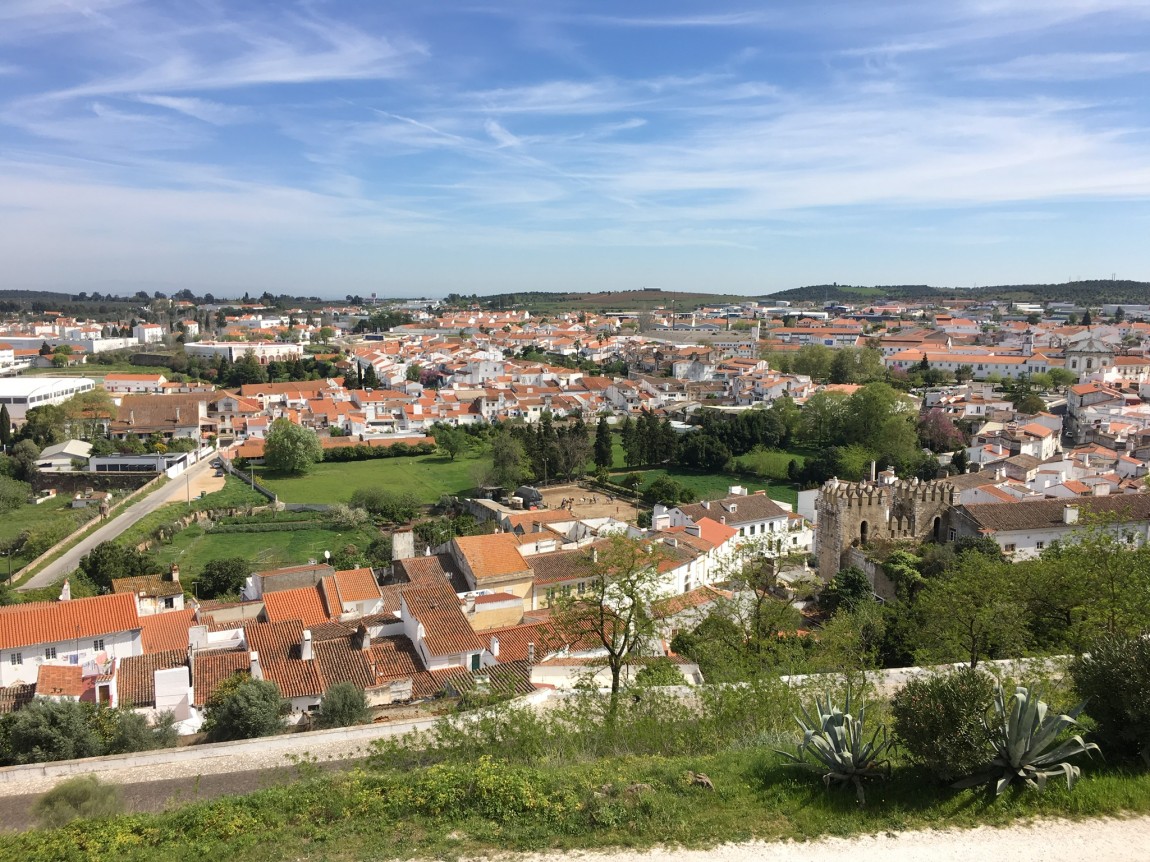We arrived into Madrid after a short flight from Marrakech and quickly picked up our hire car from Euro Lease – this is the second time we’ve used this company. They are by far the cheapest we’ve found for long term rental I.e. Over a month. We always get a relatively compact car as the villages we stay in tend to be very small and have some very tight corners!
After a fortnight in the dust of Morocco I had thought we would deserve a treat and had booked us into the very first Parador that was ever renovated (renovation took place in 1930) in Oropesa Castle. What a treat – for $NZ145 including breakfast you get the most amazing stay. Paradores are well worth checking out if you are travelling in Spain, and in Portugal they are called Pousadas. They are all historic buildings – castles, monasteries etc that the Government has purchased to save them from delapidation.
We left there feeling very refreshed and ready to start our journey around Portugal which was only a couple of hours drive away.
The first area of interest to us was the cluster of white marble villages around the beautiful little town of Trujillo. Elvas, Estremoz (pictured above) are pretty much completely made of marble. Even the cobbles are marble. Piled up outside Estremoz where hillocks of marble ready for cutting. If you’ve ever been through Wales and seen the huge mountains of slag… then this is similar-but in marble. Amazing.
Whilst in Trujillo we did of course do a fair bit of walking and we where there just in time to see the wild orchids. They even have an Orchid Trail outside Trujillo where you can easily spot half a dozen different orchids without moving your feet!
We stayed at El Baciyelmo which I would highly recommend.
4/4/17









